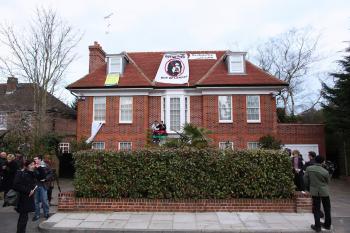The number of civilian deaths in the armed conflict in Afghanistan was 2,777 in 2010, according to an annual report published by United Nations Assistance Mission to Afghanistan (UNAMA) and Afghanistan Independent Human Rights Commission.
Over the past four years, each year the number of civilian deaths has increased with the total number now at 8,832.
The rise in deaths in 2010 can be attributed to an increased use of improvised explosive devices (IEDs), and intensified military operations in southern Afghanistan.
However, according to the report on the protection of civilians in armed conflict, “The most alarming trend in 2010 was the huge number of civilians assassinated by Anti-Government Elements (AGE).”
Over 460 civilians, more than double the number in 2009, were assassinated by AGE with the largest portion taking place in the provinces of Helmand and Kandahar.
The war in Afghanistan started in 2001 when the U.S. and allied forces invaded to dismantle al-Qaeda. Given the planned transition of responsibility for security from international to Afghan forces in 2011, the report emphasizes that in the transition, protection for civilians should be strengthened.
Over the past four years, each year the number of civilian deaths has increased with the total number now at 8,832.
The rise in deaths in 2010 can be attributed to an increased use of improvised explosive devices (IEDs), and intensified military operations in southern Afghanistan.
However, according to the report on the protection of civilians in armed conflict, “The most alarming trend in 2010 was the huge number of civilians assassinated by Anti-Government Elements (AGE).”
Over 460 civilians, more than double the number in 2009, were assassinated by AGE with the largest portion taking place in the provinces of Helmand and Kandahar.
The war in Afghanistan started in 2001 when the U.S. and allied forces invaded to dismantle al-Qaeda. Given the planned transition of responsibility for security from international to Afghan forces in 2011, the report emphasizes that in the transition, protection for civilians should be strengthened.

